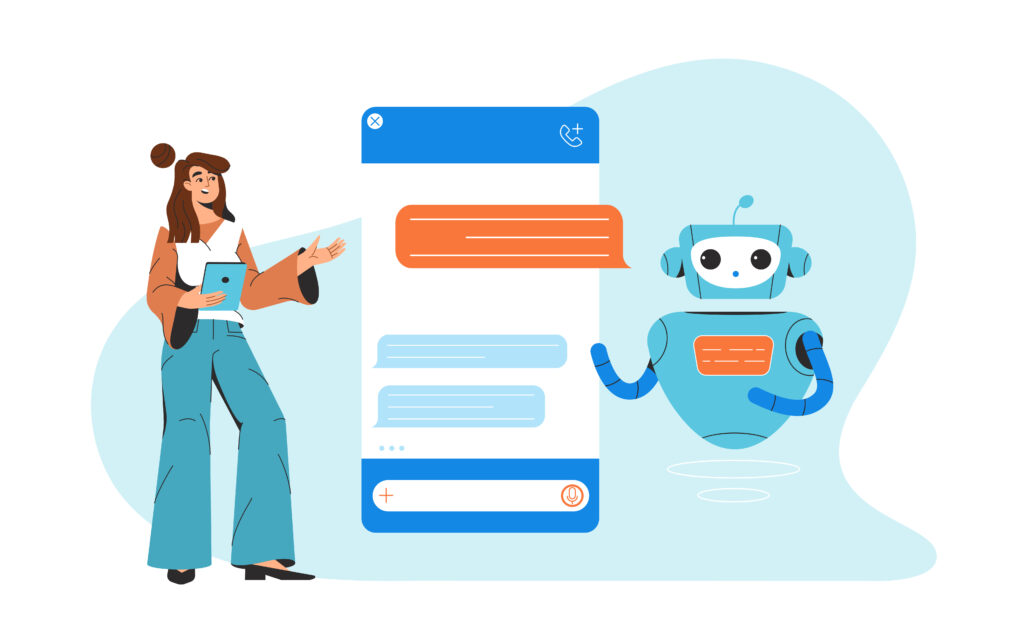Table of Contents
ToggleAI-Native in 2025: Overcoming Adoption Challenges
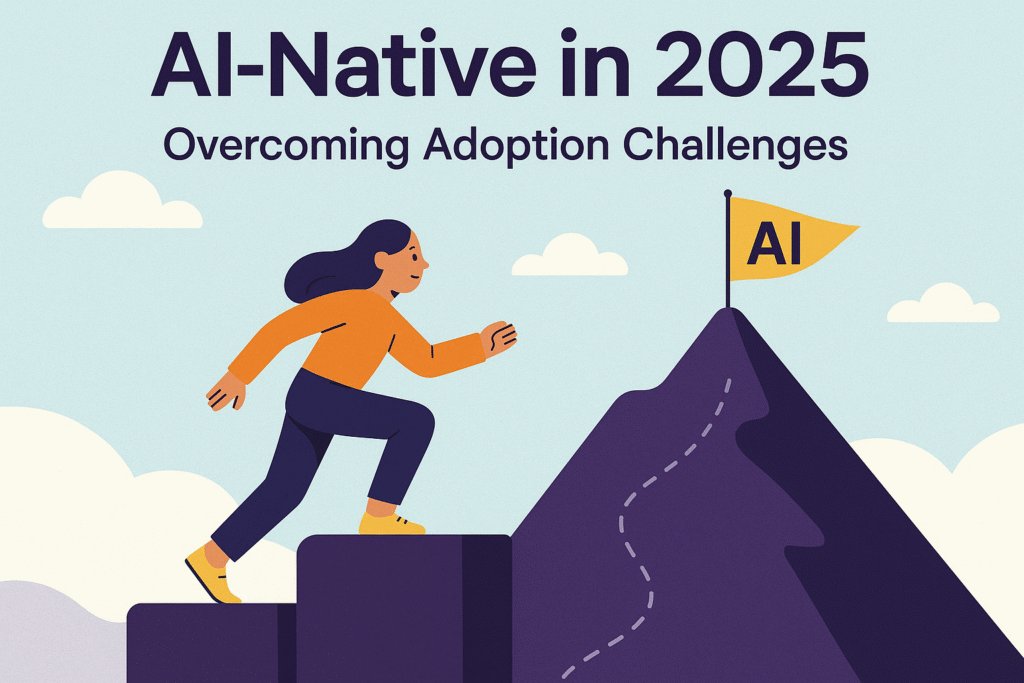
AI-Native in 2025: A Strategic Briefing on Overcoming AI Adoption Challenges
"You're Not Behind: Become AI-Native in 2025," offering a strategic roadmap for individuals and organizations to effectively integrate AI into their workflows. It identifies the core challenges hindering AI adoption and presents actionable solutions to foster a sustainable and impactful relationship with AI technologies.
Main Themes:
The central premise is that the perception of being "behind" in AI is a misconception. Instead, the real challenge lies in the lack of a "clear and actionable road map to navigate all of this." The document identifies three primary obstacles:
- AI Tools Paralysis: The overwhelming number of new tools and feature announcements creates confusion and hinders the identification of truly impactful solutions.
- Death by Prompts: The friction associated with repeatedly typing out complex AI prompts prevents consistent and efficient use of AI tools.
- Update Suffocation: The relentless flood of new information and updates leads to decision fatigue and impedes continuous learning and implementation.
The overarching solution proposed is to shift from a reactive, catch-up mentality to a proactive, systematic approach focused on building "sustainable systems" for AI integration.
---Most Important Ideas and Facts:
1. The Illusion of Being "Behind":
The author, a product marketing manager at Google, directly addresses the common feeling of being overwhelmed by AI's rapid advancements. They state:
"the problem is not that you're behind the problem is that nobody has shown you a clear and actionable road map to navigate all of this."
This reframes the issue from a personal failing to a systemic problem of guidance.
The incessant "product launches new feature announcements and Benchmark pissing contests make up most of the noise around AI," creating a misleading sense of urgency and obsolescence.
2. Overcoming AI Tools Paralysis: The Minimum Viable Toolkit Strategy
Core Idea: Instead of trying to master every tool, the focus should be on identifying "the smallest set of AI tools that will cover all my essential needs."
Practical Steps:
- Spot your recurring need: Identify specific work challenges that AI could address (e.g., faster research, creating charts).
- Find your tool: Test and evaluate different tools based on real-world impact, not just benchmarks. A key example is provided: OpenAI's Old model, despite dominating benchmarks, was 30 times slower and more expensive than its predecessor, making the older model more practical for daily use.
"No one would wait an entire minute for ChatGPT to edit a single email."
- Master one tool: Commit to becoming proficient in a chosen tool for a specific need until it becomes second nature.
Key Takeaway: Most new tools are "either too Specialized or too unpolished for everyday use." The best strategy is to "stay focused identify your key needs and slowly build out your minimum viable toolkit."
3. Conquering "Death by Prompts": Streamlining AI Interactions
The Problem: The "friction of typing this 20 times a day is just too much" for complex or frequently used prompts, leading to inconsistent AI usage.
Solutions:
- Text Expanders: These tools allow users to trigger full prompts with short custom shortcuts (e.g., typing `::chpt concise clear` to instantly generate a detailed prompt). The author uses Alfred and suggests Raycast (Mac) and BeefTex (Windows) as alternatives.
- Embedding Prompts Directly into Workflow: The key insight is to "organize information based on where you will use it not where you found it."
- Including a hyperlink to a specific prompt within a calendar event description for weekly project updates.
- Linking to a prompt for standardizing client feedback directly within a project management spreadsheet.
Examples:
Benefit: These strategies are "essential to removing all the little friction points that usually get in the way."
4. Mitigating Update Suffocation: The Impact Loop
The Challenge: An "overwhelming flood of information that just never stops" leads to "decision fatigue." A Google colleague's sentiment encapsulates this:
"I'm not even 100% comfortable with Gemini yet and now they're announcing all these AI agent capabilities should I start learning those first or stick with prompting."
The Solution: A Simple Two-Step System - The Impact Loop:
- Step One: Learn (Ruthlessly Selective Consumption):
"Be ruthlessly selective and just follow one to two trusted curators who consistently deliver the most important AI updates."
Suggestions include specific newsletters and the AI Daily Brief podcast.
The goal is to build a habit of "spending 5 to 10 minutes a day staying current."
- Step Two: Take Action (Consistent Experimentation):
"Block out a specific time every week... to actually experiment with one thing you learned – not everything just one thing."
Examples include exploring a new ChatGPT integration or testing prompts from a Google prompt library.
Core Principle: "Consistency" is key.
"Even if you can only spare 30 minutes a week taking action and implementing something you've learned is infinitely more valuable than hours of passive consumption."
---Conclusion:
The briefing concludes by reiterating that the goal is not to "catch up" but to build "sustainable systems." By implementing the "minimum viable toolkit strategy," "seamlessly embedding prompts into daily workflow," and "confidently learning and implementing AI at your own pace" through the "impact loop," individuals can transform their relationship with AI from one of chasing trends to one of focused, productive integration.
AI-Native in 2025: Your Essential FAQ
What is the biggest misconception people have about keeping up with AI?
The biggest misconception is that individuals are "behind" in the rapidly evolving AI landscape. The reality is not a lack of effort or intelligence, but rather the absence of a clear, actionable roadmap to navigate the overwhelming amount of information, tools, and updates. The core problem isn't being behind, but rather the "noise" and lack of structured guidance.
What is "AI tools paralysis" and how can I overcome it?
"AI tools paralysis" refers to the difficulty in identifying which AI tools are truly useful for daily productivity amidst the constant product launches, feature announcements, and benchmark contests. The solution is the "minimum viable toolkit" strategy. This involves: 1) Spotting your recurring needs at work (e.g., faster research). 2) Finding a tool that addresses that specific need after testing a few options. 3) Mastering that single tool until it becomes second nature and consistently meets your needs, earning a permanent spot in your toolkit. The goal is to build a focused toolkit that covers your essential needs, rather than trying to master every new tool.
What is "death by prompts" and how can I make using AI prompts more efficient?
"Death by prompts" describes the invisible barrier that prevents consistent AI tool usage due to the friction of repeatedly typing out long or complex prompts. To overcome this, two simple solutions are recommended: 1) Text expanders: Use a text expansion app (like Alfred, Raycast, or Beeftext) to instantly insert full prompts with a short shortcut (e.g., typing "::chpt concise" to expand a lengthy prompt for conciseness). 2) Embedding prompts into your workflow: Store prompts in a central database (like Notion) and then link to them directly within the specific workflows or calendar events where you'll use them. This eliminates the need to remember or search for prompts each time, integrating them seamlessly into your daily tasks.
How can I avoid "update suffocation" and stay current with AI without feeling overwhelmed?
"Update suffocation" is the feeling of being overwhelmed by the never-ending flood of AI updates, leading to decision fatigue. The solution is a two-step "impact loop": 1) Learn (selectively): Be ruthless in selecting your information sources. Follow only one or two trusted curators (newsletters, podcasts) who consistently deliver the most important AI updates, dedicating 5-10 minutes daily to staying current. 2) Take action (consistently): Block out a specific, consistent time each week (e.g., 1 hour on Saturday) to experiment with one new thing you learned. This hands-on implementation is infinitely more valuable than passive consumption, building practical understanding and confidence.
What is the "minimum viable toolkit" strategy, and why is it effective?
The "minimum viable toolkit" strategy is a core approach to combating AI tools paralysis. It's effective because it acknowledges that it's impossible to become proficient in every AI tool. Instead, it focuses on identifying the smallest set of AI tools that will effectively cover all your essential needs. This prevents wasted time on unproven or overly specialized tools and ensures that the tools you do adopt genuinely contribute to real-world impact and productivity.
Why is it important to embed AI prompts directly into my workflow?
Embedding AI prompts directly into your workflow is crucial for reducing friction and ensuring consistent AI tool usage. By linking prompts to the specific tasks or contexts where they are needed (e.g., a prompt for summarizing project updates linked within a calendar event), you eliminate the cognitive load of remembering or searching for the right prompt. This makes AI usage seamless and instinctive, transforming it from an extra step into an integrated part of your daily routine.
What is the overall goal of these strategies for becoming "AI-Native"?
The overall goal is to shift from a reactive, overwhelmed approach to AI to a proactive, sustainable one. Instead of chasing every new shiny tool, the aim is to build a focused toolkit that addresses 80% of your needs. Rather than struggling with prompts, they should be seamlessly integrated into your workflow. And instead of drowning in updates, you should be confidently learning and implementing AI at your own pace, building sustainable systems for engagement with the technology.
What's the key difference between passive consumption and taking action with AI updates?
The key difference lies in the value and long-term impact. Passive consumption, like simply reading newsletters or listening to podcasts, provides knowledge but doesn't necessarily translate into practical skill or integration. Taking action, even for short periods (e.g., 30 minutes a week), by actively experimenting with something you've learned, transforms that knowledge into tangible experience and helps solidify understanding. This hands-on application is infinitely more valuable for building confidence and effectively leveraging AI.
Posts Gallery

Agentic AI for Enterprise Automation
Discover how Agentic AI revolutionizes enterprise automation, boosting efficiency and strategic decision-making.
Read More →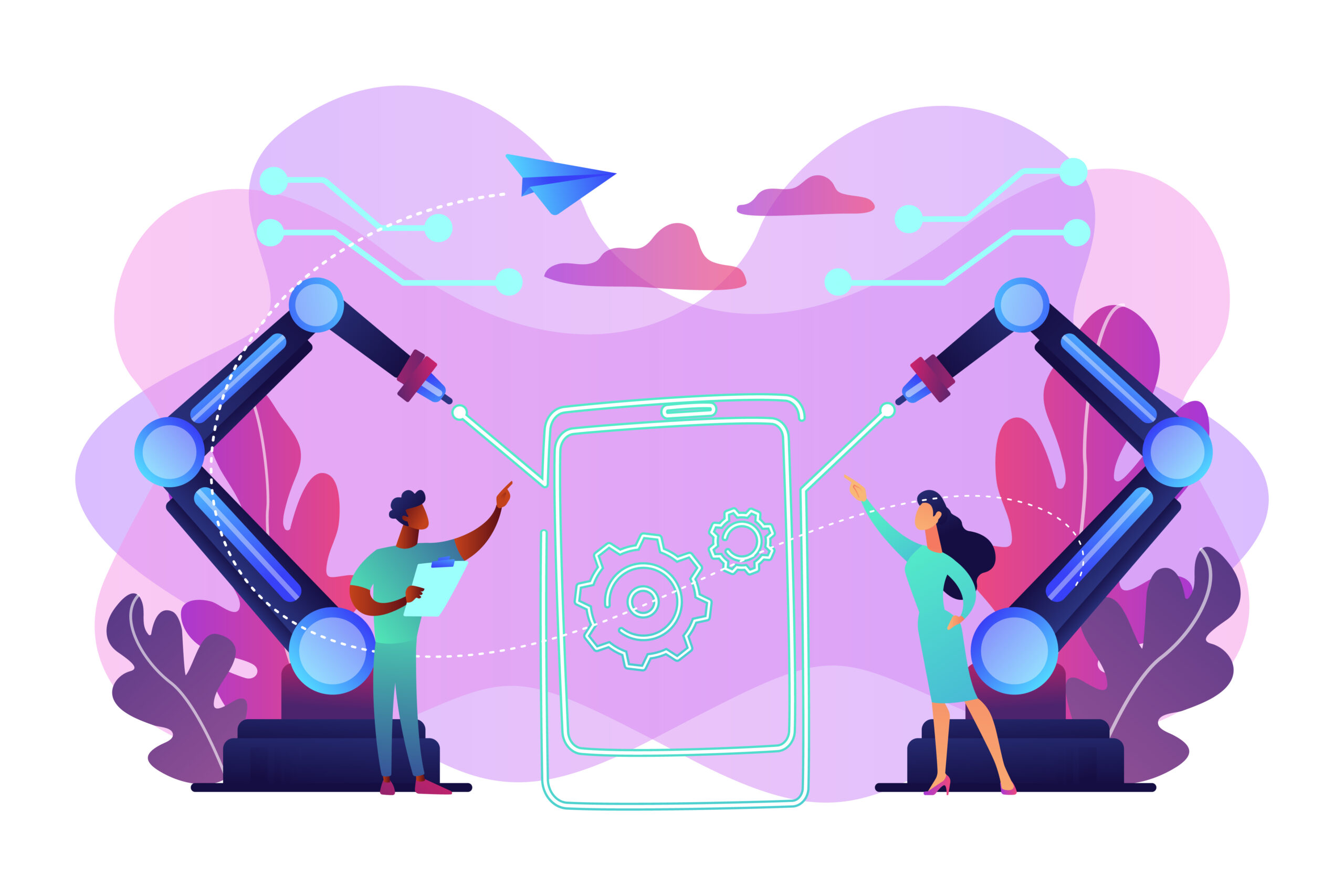
How Agentic AI Works: Intent to Execution
Unpack the intricate process of Agentic AI, from understanding user intent to executing complex tasks autonomously.
Read More →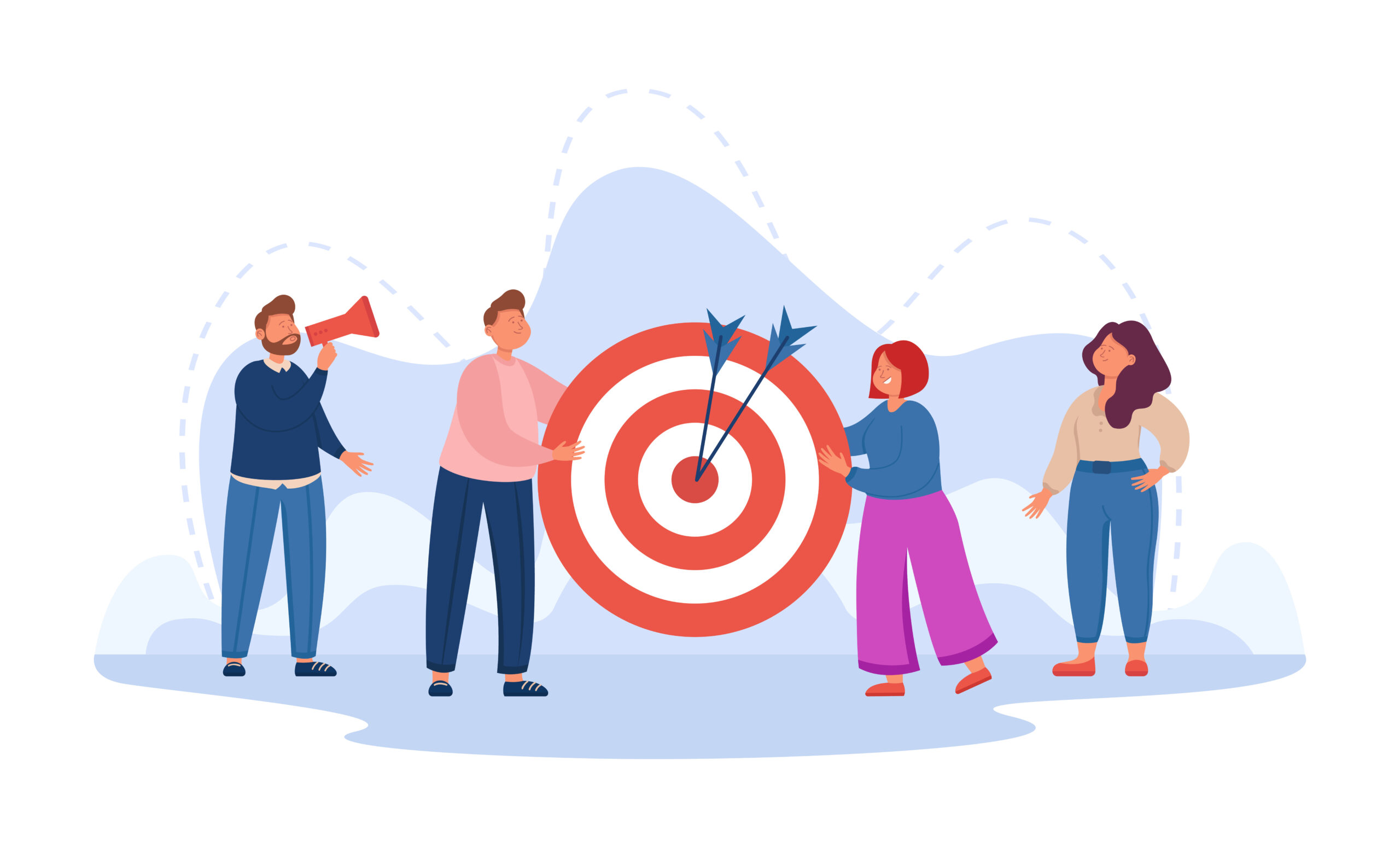
Purpose & Use Cases of Agentic AI
Explore the diverse applications and strategic importance of Agentic AI across various industries and daily operations.
Read More →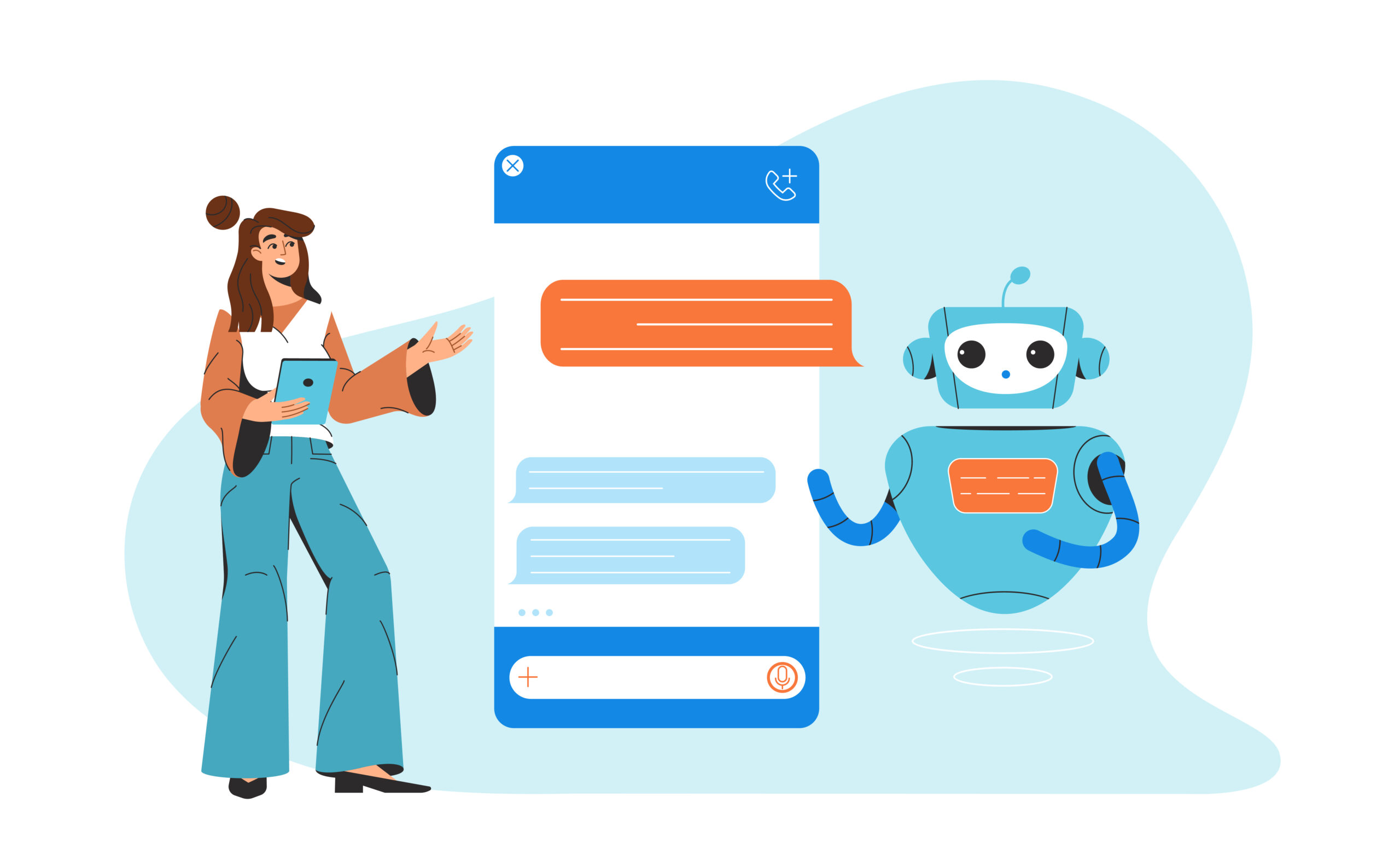
What is Agentic AI?
A foundational article explaining the core concepts of Agentic AI, defining its components and its role in modern automation.
Read More →
Why Agentic AI?
Understand the compelling reasons and significant benefits that make Agentic AI a transformative technology for efficiency and innovation.
Read More →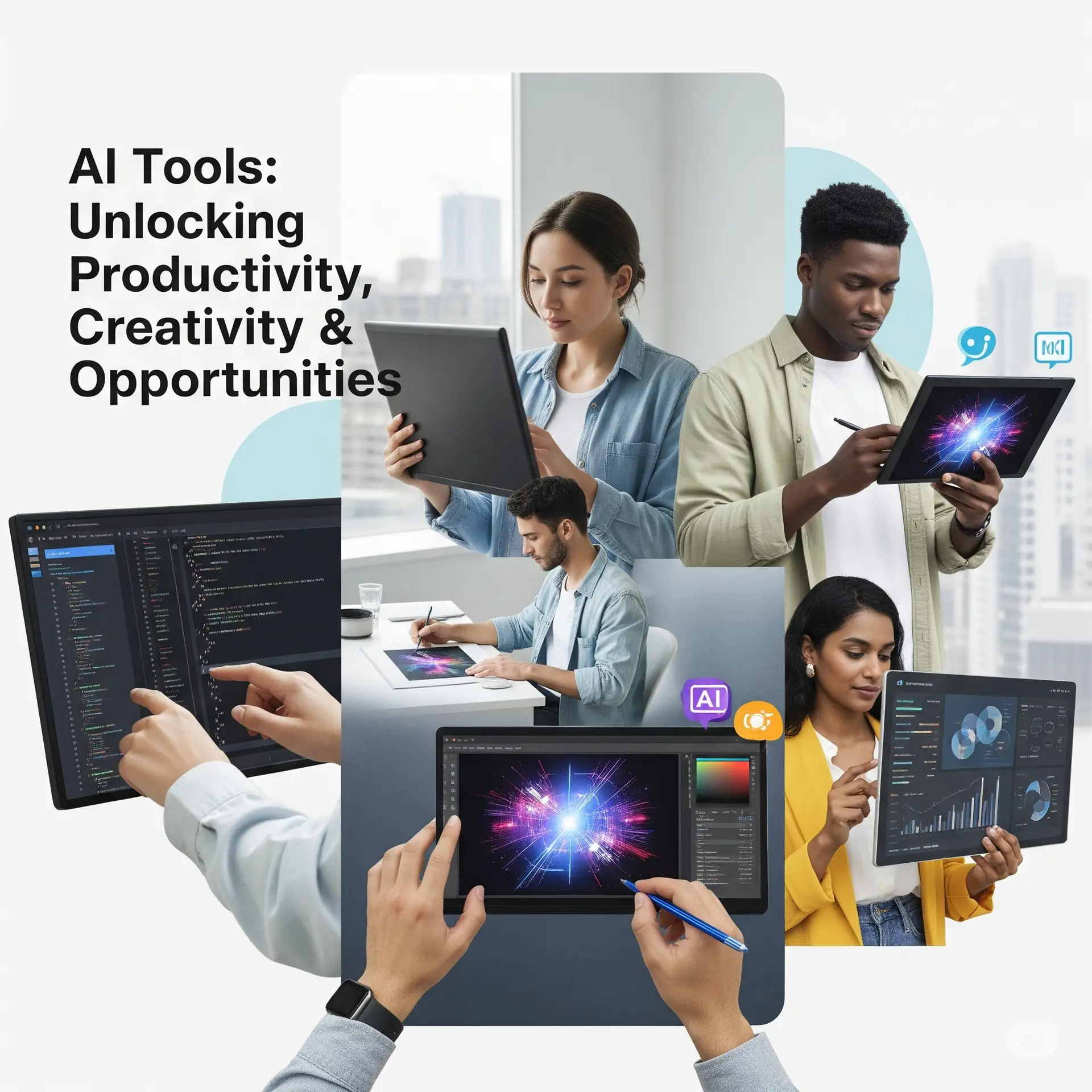
AI Tools Spotlight
A comprehensive overview of cutting-edge AI tools that are shaping the future of automation and intelligent systems.
Read More →
